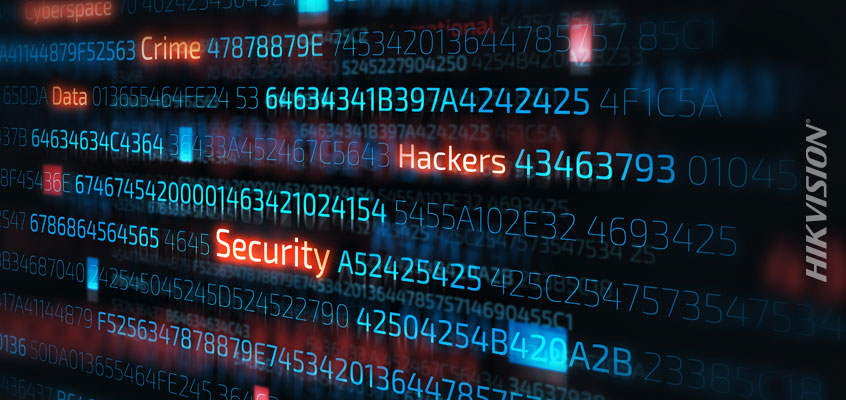Les chaînes d'approvisionnement sont confrontées à des problèmes de sécurité croissants et à des défis de cybersécurité

Hikvision discute des cyberattaques sur le thème COVID-19 et conseils pour se protéger contre les problèmes de sécurité
Alors que les chaînes d'approvisionnement s'adaptent aux impacts du COVID-19 et que les organisations se tournent de plus en plus vers la numérisation, les chaînes d'approvisionnement sont confrontées à de plus en plus de problèmes de sécurité et de défis liés aux menaces de cybersécurité. Le magazine Security a couvert ce sujet dans son article, “Supply chain chaos is ramping up cyber risk.”
Extrait de l’article : “La fragilité des chaînes d'approvisionnement étant désormais mise à nu, près de la moitié des professionnels de la logistique interrogée par le Journal of Commerce ont déclaré qu'ils apporteraient des changements substantiels aux opérations en raison du COVID, 76% d'entre eux étant susceptibles d'investir spécifiquement dans la numérisation. Comme l’indique un article du Forum économique mondial, ‘La transition vers un nouveau modèle de chaînes d’approvisionnement sera soutenue par une numérisation rapide et en gros de la paperasse qui accompagne le commerce mondial.”
Les tendances de la chaîne d'approvisionnement incluent l'utilisation de signatures numériques et l'utilisation de photographies comme preuve de livraison du colis. Ce sont deux tendances de numérisation qui se développent. De plus, comme de plus en plus de personnes travaillent à domicile en raison de la pandémie, les photos numériques sont utilisées comme substitut à la numérisation d'éléments dans un bureau.
Des polices de cyberassurances personnalisées qui incluent une couverture en cas d'interruption d'activité (pour couvrir toute perte de revenu pour une organisation après une catastrophe) ont également été recommandées dans l'article pour se prémunir contre les cyberattaques potentielles.
Dans le blogue Hikvision, “Le directeur principal de la cybersécurité Hikvision discute de quatre escroqueries et piratages électroniques liés coronavirus, plus le cyberconseil de la semaine de Hikvision,” nous avons discuté de plusieurs cyberattaques et des conseils pour rester en sécurité. Cela comprenait :
· L’article d'ARSTechnica.com, “New Attack on Home Routers Sends Users to Spoofed Sites That Push Malware,” décrit comment les cybercriminels accèdent aux routeurs domestiques et apportent des modifications DNS qui envoient les utilisateurs vers des sites Internet malveillants. Au moment d'écrire ces lignes, les routeurs Linksys et D-Link ont été ciblés. Selon Bleeping Computer, depuis cinq jours, des personnes signalent que leur navigateur Internet s'ouvrirait de lui-même et afficherait un message les invitant à télécharger une application d’information du COVID-19 qui proviendrait de l'Organisation mondiale de la santé (OMS). Bien sûr, il s'agit d'un téléchargement malveillant qui exécute un logiciel malveillant relativement nouveau qui extrait les informations d'identification du navigateur, les adresses de portefeuille de cryptomonnaie et éventuellement d'autres types d'informations sensibles. Bien qu'il ne soit pas clair comment les attaquants accèdent aux routeurs, les experts soupçonnent que les attaquants devinent les mots de passe faibles. Pour éviter cette attaque, désactivez la gestion à distance de votre routeur ou, si vous avez besoin de cette fonctionnalité, assurez-vous que vous disposez d'un très bon mot de passe. Si possible, activez également l'authentification multifacteur.
